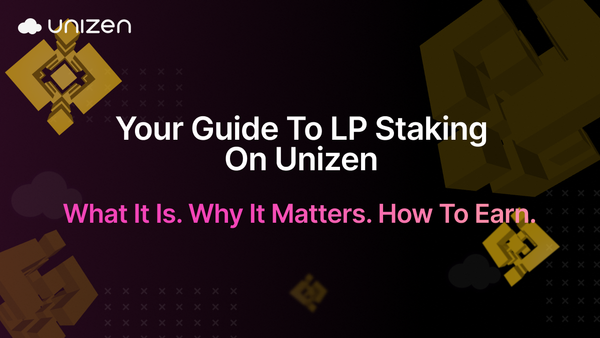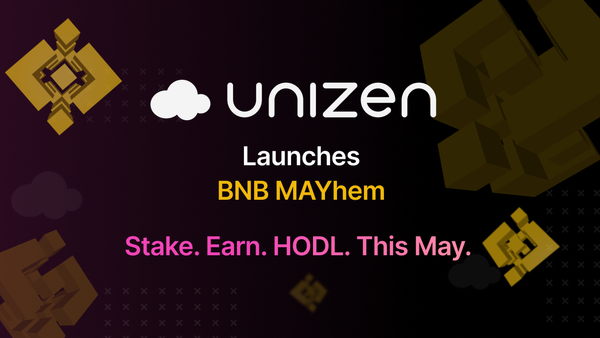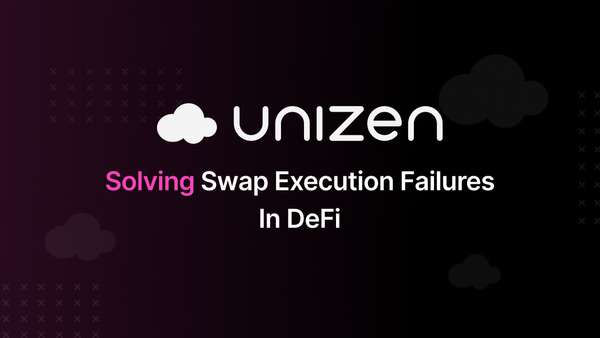How To Sell Pi Coin in 2024
Looking to cash out your Pi coin in 2024? Here is a quick overview of the easiest ways to sell your Pi coin stash.
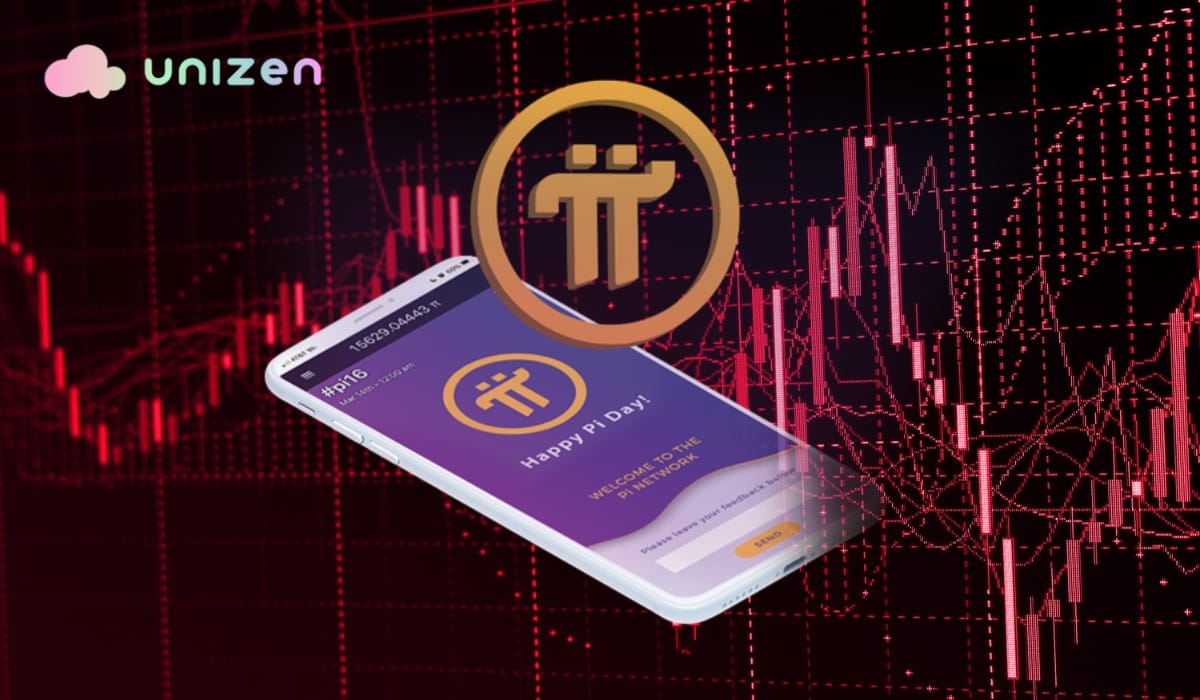
Pi Network is a type of cryptocurrency mined by utilizing a mobile phone application. Pi, as crafted, targets mainstream use for blockchain and cryptocurrency by mining through smartphones. Individuals mine Pi coins by doing the required stuff on the Pi Network app and inviting friends onto the site. Pi Network allows users to earn Pi coins by engaging with the app and inviting friends using custom invitations, making it easy to expand their network and increase mining rewards. Currently, the Pi network is in its enclosed mainnet phase, where core functionality is being tested, and existing users who want to sell their Pi can begin transferring Pi between wallets. How to sell pi? Currently, there is no direct way to sell Pi for cash since exchanges have yet to list Pi for trading. However, you can swap your coins through peer-to-peer transactions, trading IOUs, or using payment platforms.
The enclosed mainnet phase of the Pi Network began in early 2022 and marked the transition from testnet to the full mainnet launch. At this stage in the enclosed Pi Network’s mainnet phase, Pi coin transactions can be conducted on the blockchain between wallets, but exchanges have yet to open order books to trade Pi. This means that once fully deployed on the main net, exchanges should allow deposits in Pi and introduce order books supporting Pi, whereby a user is supposed to be able to sell Pi for more popular cryptocurrencies, such as Bitcoin or Ethereum, withdraw it, or sell it for fiat.
Pi Network immediately gained popularity since its release in March 2019, attracting users eager to mine Pi. For the time being, more than 15 million users worldwide have joined in mining Pi coins passively with a smartphone, and they will be contributing to the security of the blockchain in its testnet phase. As mining did not require specialized hardware and could be done casually on a mobile device, Pi attracted a large mainstream user base interested in cryptocurrency. This widespread community will help boost the adoption of Pi coin and support its value as its mainnet launches fully and is listed on cryptocurrency exchanges, allowing direct trades for fiat money.
Current Selling Options for Pi Coin
Since Pi Coin still needs to be listed on major cryptocurrency exchanges, selling it can be a bit more complex than selling other digital currencies like Bitcoin or Ethereum. However, there are 2 ways that are increasingly popular as regards how to sell Pi Coin:
Peer-to-Peer (P2P) Transactions
One of the main methods for selling Pi Coins is through P2P trading. This involves selling directly to other users without using a formal crypto exchange. There are two types of P2P transactions:
- Online P2P Transactions: You can sell Pi coins via online platforms like social media, dedicated forums, or P2P platforms that facilitate direct crypto transactions. In such cases, the moment you find a buyer, you transfer your Pi Coins to them, and they, in return, pay the price to which you both agreed via PayPal, bank transfer, or any other agreed forms, making it easier to sell my Pi. Online P2P trading is a bit riskier because it's more difficult to verify the reputation of buyers. You really have to be cautious with such transfers: check their history, use some escrow services, or at least do some small trial transactions to keep your losses at their minimum.
- Offline P2P Transactions: Meeting up with buyers in person for an offline Pi Coin transaction has some advantages over online transactions. For one, dealing with someone face-to-face lets you see who you are trading with and establish trust directly. That said, taking some basic safety precautions when meeting strangers is still important. It is best to meet in public so you don't feel isolated or vulnerable. Visiting areas with security cameras are also reassuring since they can record anything suspicious just in case. To complete the exchange, have the buyer immediately send the payment directly to your wallet from their phone. Make sure to double-check that the full amount arrived before proceeding. Then, you can transfer ownership of the agreed-upon number of Pi Coins to their wallet. Have them verify on their phone that they now control the coins. Remember to stay alert and aware of your surroundings throughout.
Direct Spending at Merchants
Another option for selling Pi Coin is direct spending at merchants that accept it. While the number of such vendors is currently limited, there are communities where Pi Coin is accepted for certain goods and services. For instance, some users have been able to purchase in-game assets, silver items, or even larger products like vehicles by spending Pi Coins. These opportunities might require finding niche merchants, but they offer an alternative to P2P transactions for those looking to buy or sell Pi coins. To locate these merchants, you can join Pi-focused forums, social media groups, or communities dedicated to cryptocurrency. By spending Pi Coins directly, you contribute to its ecosystem and increase the currency’s practical value.
Trading Pi Coin IOUs
Until Pi Coin is officially tradable on exchanges, some platforms offer the option of trading Pi Coin IOUs. An IOU is essentially a promise to deliver Pi Coins in the future, which can be traded for fiat currency or other cryptocurrencies. While IOUs don’t give immediate access to Pi Coins, they help gauge the currency’s potential market value. You can find platforms or users willing to trade these IOUs until Pi Coin becomes widely available. Platforms that offer hybrid exchange services could be beneficial once Pi is officially listed, providing deep liquidity and efficient trading for Pi and other cryptocurrencies.
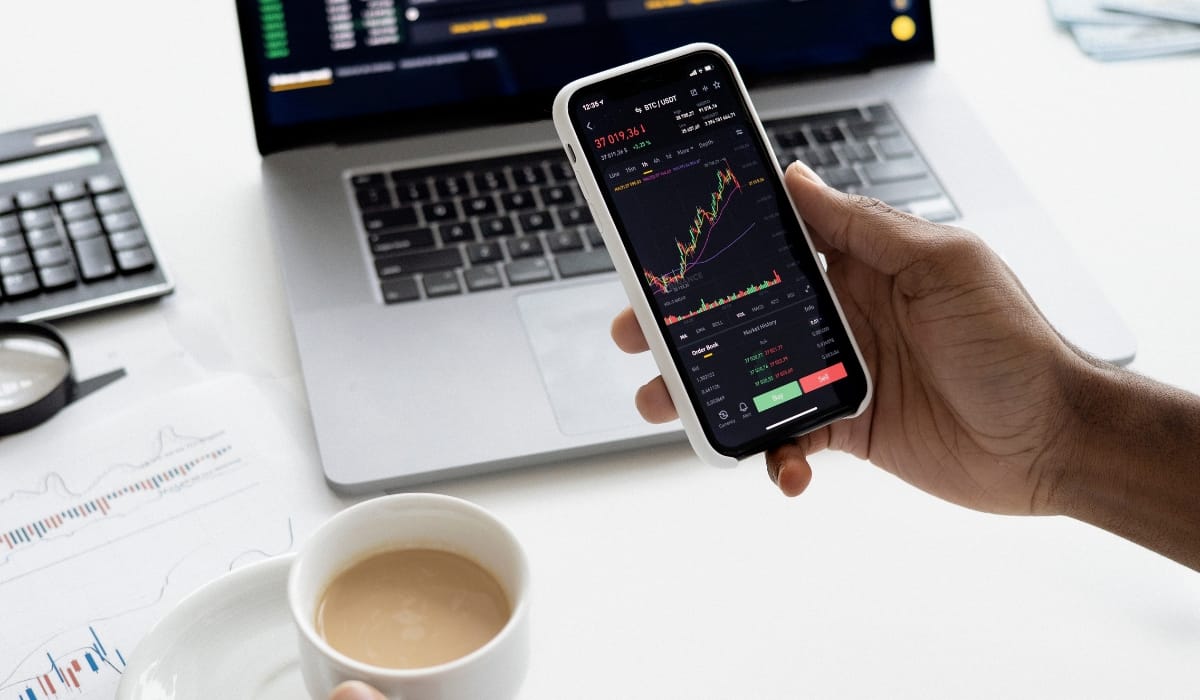
Challenges in Selling Pi Coin
These are the challenges associated with selling Pi coins:
Lack of Official Exchange Listings and Implications for Liquidity
However, one of the most critical issues in selling Pi coins is the absence of major official exchange listings. At this moment, Pi cannot be traded via mainstream cryptocurrency exchanges. Centrally, with no such listing on a major regulated exchange, there is no market for Pi coins whereby buyers and sellers would be sure of easy trading, complicating the ability to buy or sell Pi coins. This greatly impacts Pi's liquidity and market. Traders have a hard time finding buyers for their Pi holdings, which keeps the price low. Until the Pi network can get listed on well-known exchanges, how to sell Pi coins will remain an issue.
Risks Associated With Current Selling Methods, Such as Scams and Price Volatility
Another challenge is the risks associated with current unofficial selling methods available to users. Many turn to peer-to-peer marketplaces like Telegram or Discord groups to find buyers. However, this opens the door for potential scams since transactions are conducted privately without consumer protection, making it risky for those who want to sell. Users have to be very careful, as scammers may steal funds during sales of Pi coins. Additionally, transactions on informal markets lead to price volatility since there is no centralized price discovery. Prices vary widely depending on who buys and sells on a given day. This uncertainty makes it difficult to know the true value of Pi at any time and poses challenges for those asking about how to sell Pi coins.
Discussion on Ious for Pi Coins on Exchanges Like Huobi and Bitmart
A third option available is purchasing Pi coin IOUs from centralized exchanges like Huobi and Bitmart. These exchanges let users buy and sell Pi tokens before the mainnet launch. However, these IOUs have legal ambiguity since Pi's status is still in beta, and Pi coin cannot be sold on regulated exchanges yet. There is no guarantee that IOU holders will receive the real cryptocurrency after launch, which could deter users who want to buy Pi coins. Additionally, without an official relationship with the Pi network, exchanges setting their price presents market manipulation risks. Overall, IOU trading presents problems for accurate price discovery and value realization for users seeking to sell their pi coin.
Future Prospects for Selling Pi Coin
As the Pi network prepares to launch its mainnet, several developments could make selling Pi coins significantly easier going forward.
Anticipated Launch of the Open Mainnet and Its Significance
The launch of the Pi mainnet is one of the most highly anticipated events that could improve prospects for how to sell Pi. Moving to a live, decentralized blockchain would demonstrate that Pi has matured into a fully functional cryptocurrency. This will likely meet the technical listing requirements of tier-one exchanges with strict evaluation processes before adding new coins. A key criterion is supporting real transactions on an active mainnet, showing the coin is production-ready. If Pi can gain listings on these major trading platforms after launch, it would radically transform the how to sell Pi coin landscape by boosting liquidity. Users would have many more efficient options to sell Pi pairs with stablecoins or fiat currencies through deep centralized order books on the Pi Network app.
Potential Listing on Major Cryptocurrency Exchanges
Once listed, major exchanges are also expected to integrate fiat on-ramps and off-ramps for Pi tokens. Platforms such as Unizen will be helpful in this regard, as they combine both centralized and decentralized finance to offer better liquidity and smoother trading experiences for new tokens like Pi. This hybrid approach will be instrumental in providing users with the flexibility and options they need to sell Pi coins seamlessly. Currently, converting pi to real-world currencies involves multiple steps, such as trading for other cryptos first before cashing out. With direct fiat pairs for Pi, converting digital holdings into local bank deposits through centralized platforms would become significantly simplified for those looking to sell. Traders and investors would have regulated and trusted venues to purchase and sell Pi directly with legal tender. This would lower barriers, giving both retail and institutional players reliable avenues to enter and exit positions in Pi easily. Overall, gaining access to centralized exchange markets to know how to sell Pi appears crucial to solving liquidity problems and making the currency more accessible and investable.
Expected Impact on Liquidity and Price Discovery
The influx of liquidity from major exchange listings could also hugely impact how price discovery and stability develop for Pi. Currently, fluctuations occur unpredictably based on the size of periodic OTC trades. Centralized order books would provide more consistent, transparent, market-based pricing established by real-time supply and demand. Over time, factors like increased trading volumes and network maturity are expected to smooth out volatility. With an established price curve, more confidence is lent to Pi's long-term viability and usability as a currency. This evolution aims to establish Pi as an investable digital asset with clear channels for participants to buy and sell through, substantially advancing how users can sell Pi.

Factors Influencing When You Can Sell Pi Coin
The following outlines some of the major considerations that could impact the timeline for when exchanges begin supporting direct trading of the Pi token.
Technical Developments Required for the Open Mainnet Launch
One of the major technical factors will be completing all necessary developments to launch the open Pi mainnet. Moving from the current beta testing phase to a live, decentralized network requires extensive coding work. The core dev team must ensure the blockchain infrastructure can efficiently support widespread mining/validation, secure token transactions, and smart contract functionality. Additional plugins may need integration, such as wallet applications. Unforeseen bugs or vulnerabilities discovered during testing could delay the mainnet timing, impacting those who want to sell their Pi coins. The core developers aim only to launch the Pi Network’s mainnet once all network security and performance aspects, including KYC verification, are fully optimized. Until a functioning mainnet exists that provides censorship-resistant token access, centralized exchanges usually refrain from listing.
Regulatory Considerations and Market Conditions
Regulatory considerations from financial watchdogs will also play a key role in determining when Pi coins can be officially traded, impacting the ability to buy or sell Pi coins. Financial authorities like the SEC in the US closely monitor new cryptocurrencies for compliance with securities laws. The Pi team is engaging in discussions to ensure Pi falls within accepted regulatory frameworks before exchange trading commences. Market conditions must likewise stabilize before exchanges support a fresh coin. Factors like BTC price stability and adequate exchange liquidity help mitigate pricing volatility risks. Launching during bearish trends increases instability, which exchanges wish to avoid when launching new listings.
Community Engagement and Adoption Rates
Community growth metrics around levels of active users, daily mining, and wallet downloads will factor into exchange listing plans, particularly for those who want to sell Pi coins. Major platforms want assurances of reliable volumes to justify the obligations of integrating a new coin's protocols and maintaining order books. If the Pi community continues expanding over the coming months, it will showcase increasing adoption and the potential for sufficient trading volumes post-launch. Exchanges may wait until tens of millions of users exist before supporting Pi coin to ensure justified volumes, particularly after the Pi Network's mainnet launch.
Developing Ancillary Tools and Services
Receiving mainstream media attention will influence exchanges' decisions. Exchanges want coins that press outlets have covered, showing large user bases. As Pi's press mentions grow, exchanges can gauge awareness. Services like merchant acceptance, forums, and block explorers signal an active community. They establish Pi's long-term viability. Dozens to hundreds of third-party tools facilitate Pi usage. This shows Pi developing into an established player with applications supporting committed users. Exchanges feel more confident listing coins with robust, growing ecosystems. Listing Pi May attract volumes if services indicate a substantial user group. Sustained ecosystem growth may convince exchanges of reliable trading. In summary, ancillary services development affects exchange interest in Pi listings, particularly for those looking to sell Pi coins.
Conclusion
Whether you choose to privately sell your Pi coins or list them on an exchange, being well-prepared and following the proper steps will help ensure a smooth selling process. Doing your research on current Pi coin valuation and market demand will give you a better idea of a fair asking if you want to cash out. Make sure only to use escrow services, multiple methods of payment authentication, and verified buyer/seller profiles to protect yourself from scams.
Whichever route you take, either p2p methods or exchange - keeping detailed records of all transactions and payments received is also advisable for tax reporting purposes. With the Pi network mainnet in 2024 launch and new exchange listings on the horizon, this will open up much wider opportunities for early adopters to finally cash out and realize gains from their Pi coin holdings. By thoroughly understanding both ways to sell pi coins covered here, you will be well-positioned to swap at the right time and maximize profits. Remember, the Pi currency is still very new and risky. Hence, proceed carefully, learn how to sell pi, and only sell what you can afford to part with if the value fluctuates.
